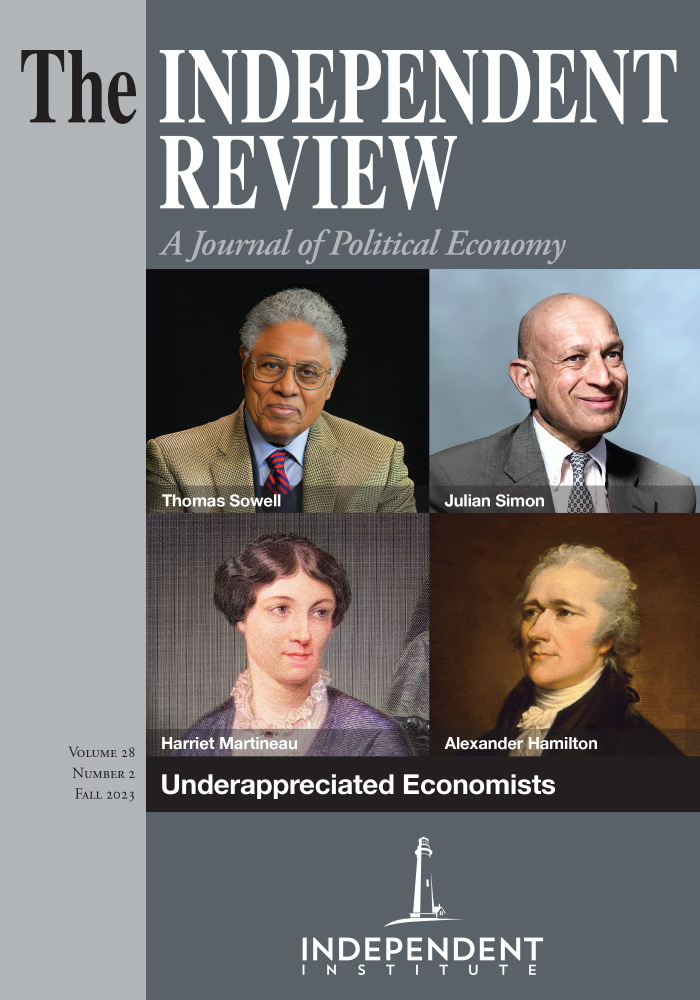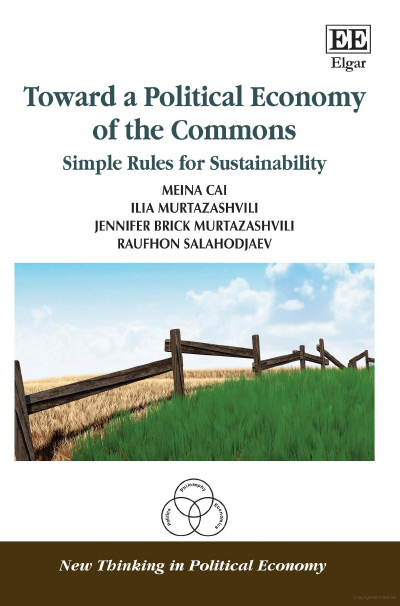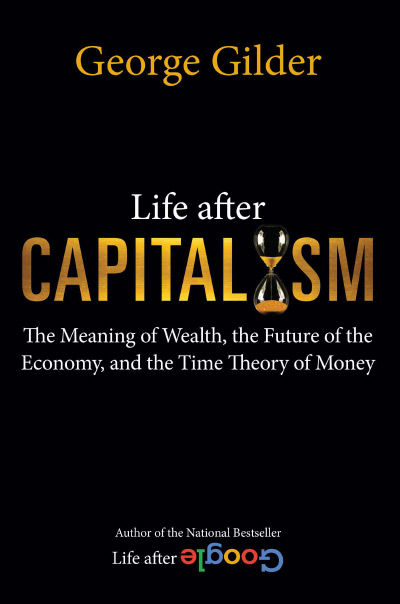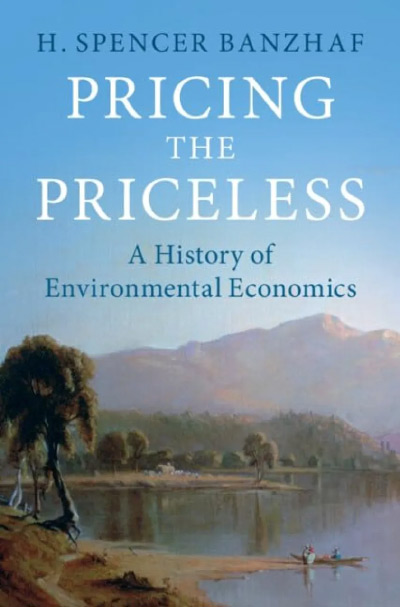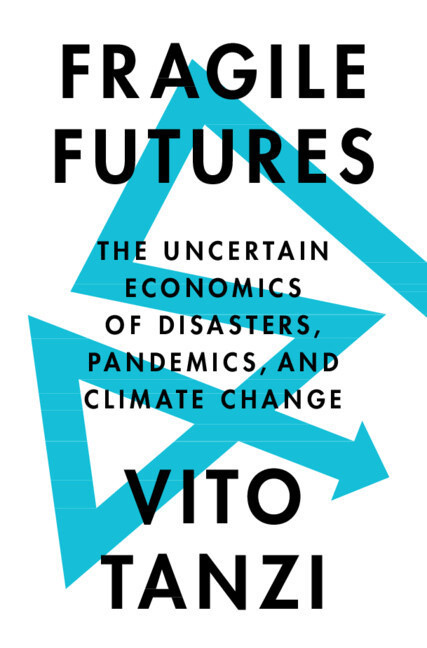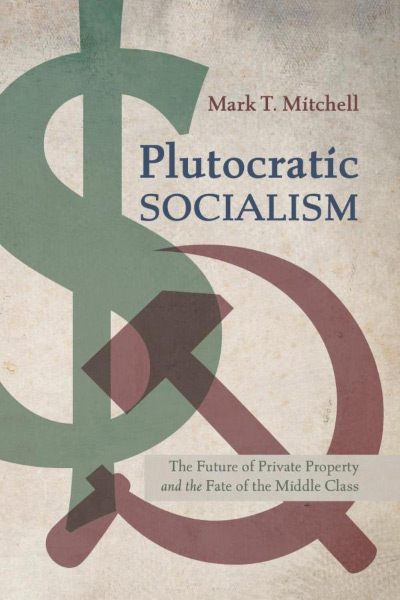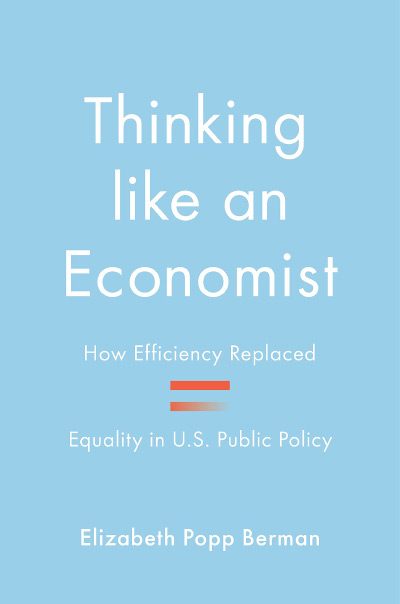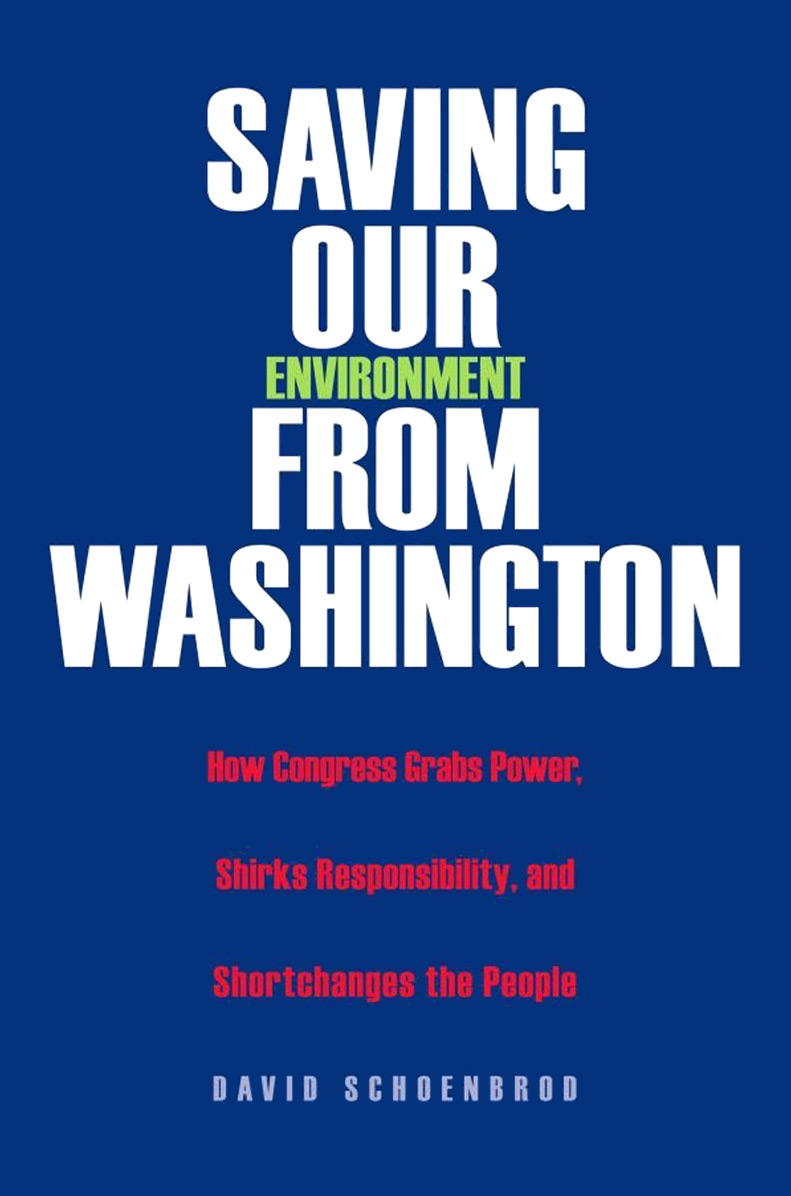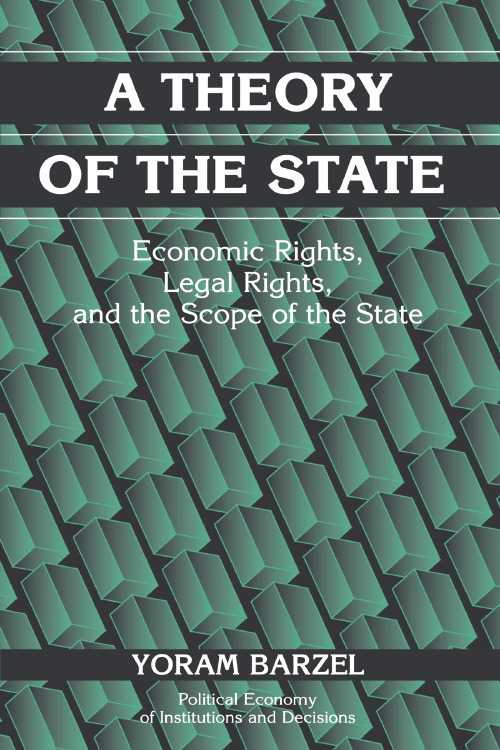Public goods have a well-known under-production problem, caused by the fact that free riders (who benefit from the good but don’t contribute to its production or maintenance) are hard to exclude. The difficulty of exclusion is indeed part of the very definition of a public good. State regulation, funding and production is often the main policy tool proposed for addressing the public goods problem. A lesser-known issue is that electoral democracy embeds the opposite bias, leading to an over-production of public goods because the “majority voting rule allows the individual in the decisive coalition to secure benefits from collective action without bearing the full marginal costs” (James M. Buchanan and Gordon Tullock, 1965 [1962], The Calculus of Consent, Ann Arbor: University of Michigan Press, p. 200). In other words, while in markets people can free-ride on the benefits from public goods (leading to under-production), in the political process they can free-ride on the costs (leading to over-production).
In the case of common-pool resources (CPRs), this type of mirror problem is compounded by the added problem of degradation of the resource. While public goods are hard to exclude, but non-rivalrous, CPRs are both hard to exclude and rivalrous. Rivalry in consumption (also referred to as subtractability) refers to the fact that the resource in question is degraded or consumed to some extent by each person who uses it. This is unlike the case of public goods (e.g., clean air), which can be enjoyed simultaneously by many people without subtractability issues.
Commons problems are both prevalent and among the most difficult to solve. They combine the public goods free-riding problem with the potential for conflict. While in the case of public goods there is some sense of unity (“we are in this together”), this is not necessarily the case with CPRs, as one’s person’s increased consumption translates to less for others.
As highlighted by the fact that public goods production faces free-riding issues in both markets and politics, the proper approach to trying to find the best ways to govern the production of public goods and CPRs is in the realm of political economy. One needs to assess both market and government failures, and one needs to account for the strengths and weaknesses of different institutional forms, including civil society mechanisms and informal rules.
Meina Cai, Ilia Murtazashvili, Jenifer Brick Murtazashvili, and Raufhon Salahodjaev have written an excellent introduction to this complex topic. Toward a Political Economy of the Commons can be used both as a textbook for classes in environmental economics, institutional economics, or political economy, and as a useful overview for interested researchers.
The key choice made by the authors was to approach the topic from the perspective of property rights economics with a heavy dose of robust political economy. This, I believe, is, indeed, the simplest way of bringing attention to the key difficulties.
The authors approach to property rights economics is wide ranging. They cover everything from Harold Demsetz and Yoram Barzel to Douglass North to Elinor and Vincent Ostrom. In other words, they expose the reader not only to the importance of formal rules, but also to the ways in which we can analyze civil society mechanisms. The focus is not only on how defining property rights economizes on transaction costs, but also the complex ways in which informal and formal institutions interact. The authors cover both how governments can enforce and define property rights, and how individuals negotiate to define property rights under conditions of anarchy (as described by authors like Robert Ellickson, and Terry Anderson and P.J. Hill).
The robust political economy perspective brings in a concern with knowledge alongside the concern with poor incentives. As such, the authors assess various ownership arrangements to govern the commons not only from the perspective of whether they create proper incentives against free riding and in favor of the productive and sustainable use of the resource, but also from the perspective of the institutional discovery process. They ask: Under what conditions are communities more likely to find and sustain productive institutions for governing the commons? As such, the authors explore both the political and the social “aspects of the commons” (chapter 2), alongside the economic consequences of different property rights regimes.
This concern for political and social factors that help the discovery of good institutions leads them to a discussion of polycentricity as a solution to Friedrich Hayek’s “knowledge problem.” Polycentricity is an alternative to hierarchical organization. It involves decentralization along certain margins combined with varied forms of cooperation for solving larger scale problems.
The authors also discuss issues regarding equality within the same framework of analysis. Inequality can be seen as a concern in itself, but also, perhaps more importantly, as a symptom of unfair procedures. The perceived lack of fairness is one of the key factors that can undermine people’s willingness to contribute to maintain and improve the commons. The authors connect this type of discussion to the literature on social capital and trust networks.
Following this more theoretical discussion, the book covers several important case studies. These case studies showcase the above ideas very well. There are separate chapters on governing forests (chapter 3), fisheries (chapter 4), minerals (chapter 5), and the global environment (chapter 6). These case studies are good illustrations of how the same mode of analysis (focused on the economic, political, and social aspects of different property rights arrangements) is useful across significantly different areas. At the same time, they also showcase some important specific challenges communities face when trying to govern different types of commons in different parts of the world. We can definitely learn from observed successes and failures, but one is advised against trying to mindlessly transplant some successful institutions from one place to another or from one type of commons to another.
The forests chapter discusses at length the problem of deforestation, including the connection to modernization theory. The fisheries chapter offers a good opportunity to discuss traditional fishing rights and geographical differences—and offers a first instance of a global commons problem (global and pirate fishing). The minerals chapter offers a very good discussion of the connection between a commons problem and technological advances (in the oil and gas industry).
The global commons chapter addresses one of the key criticisms of Elinor Ostrom’s framework: the skepticism regarding the scalability of Ostrom’s analysis. The authors offer a good presentation of the idea that global climate change is probably best addressed via a polycentric political process, rather than via a single top-down global policy. This also allows them to discuss mitigation and adaptation as part of the same broad framework of analysis, which is an important idea that I have not seen before. How much of our response should be mitigation vs adaptation is not easily decided by some welfare economics calculation. Instead, it is the emergent result of a polycentric order. Questions of the optimal balance between adaptation and mitigation should be addressed by assessing the institutions of this global polycentric system.
Chapter 7 concludes the book by returning to the broad theoretical discussion. The authors make use of Richard Epstein’s idea of “simple rules for a complex world” and argue that governing the commons can follow a similar approach—focusing on broad simple principles, rather than on baroque top-down regulations that are bound to fail. The key simple principles they propose are: (1) Enabling the appropriate local property rights. Despite building on Epstein, the authors depart from his analysis, arguing instead that properly defining “property rights does not require that we adopt efficiency as the only social goal” (p. 127); (2) Enabling markets as the key mechanism for generating growth; (3) Supporting polycentric governance systems, instead of centralization; (4) Respecting local social relations and, in particular, being careful not to undermine trust relations; (5) Valuing the process of institutional discovery, understood as an entrepreneurial process, rather than promoting a predefined institutional panacea.
Overall, Toward a Political Economy of the Commons is an excellent volume. The authors have managed the remarkable feat of writing a concise and yet thorough account of one of the most complex problems in political economy. The book offers a great balance between theoretical discussions and in-depth case studies. The book also showcases the great explanatory power of the Ostromian approach to political economy which weaves together property rights economics, polycentric governance, and attention to civil society alongside formal politics.
| Other Independent Review articles by Vlad Tarko | |
| Fall 2017 | Panarchy: Political Theories of Non-Territorial States |
| Spring 2016 | Advanced Introduction to the Austrian School of Economics |

